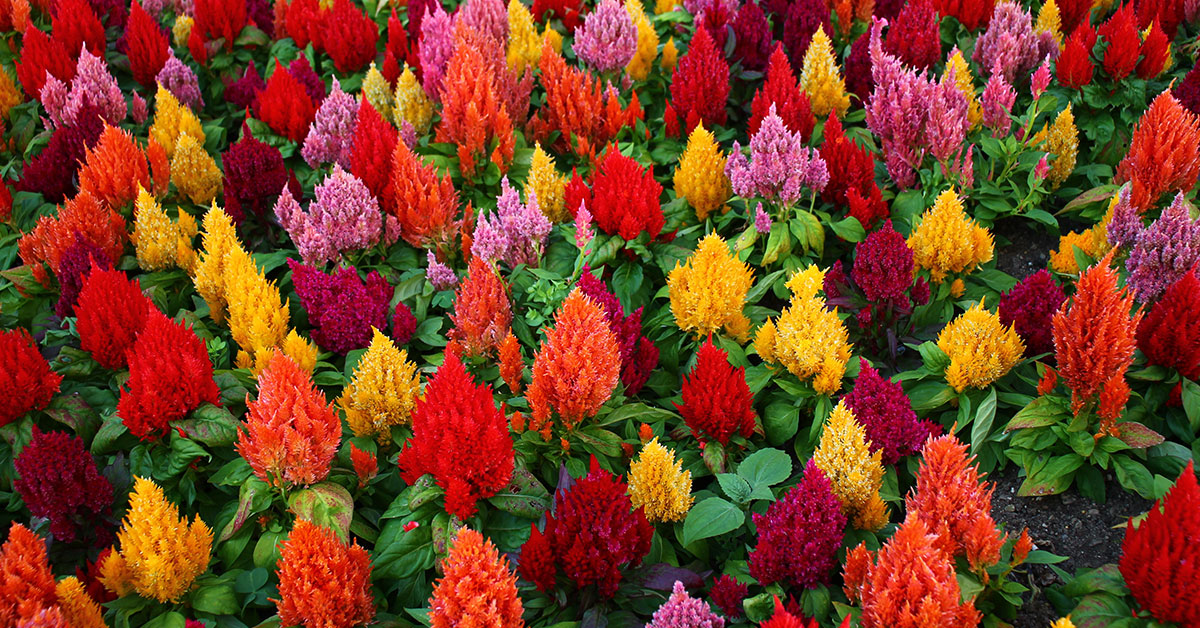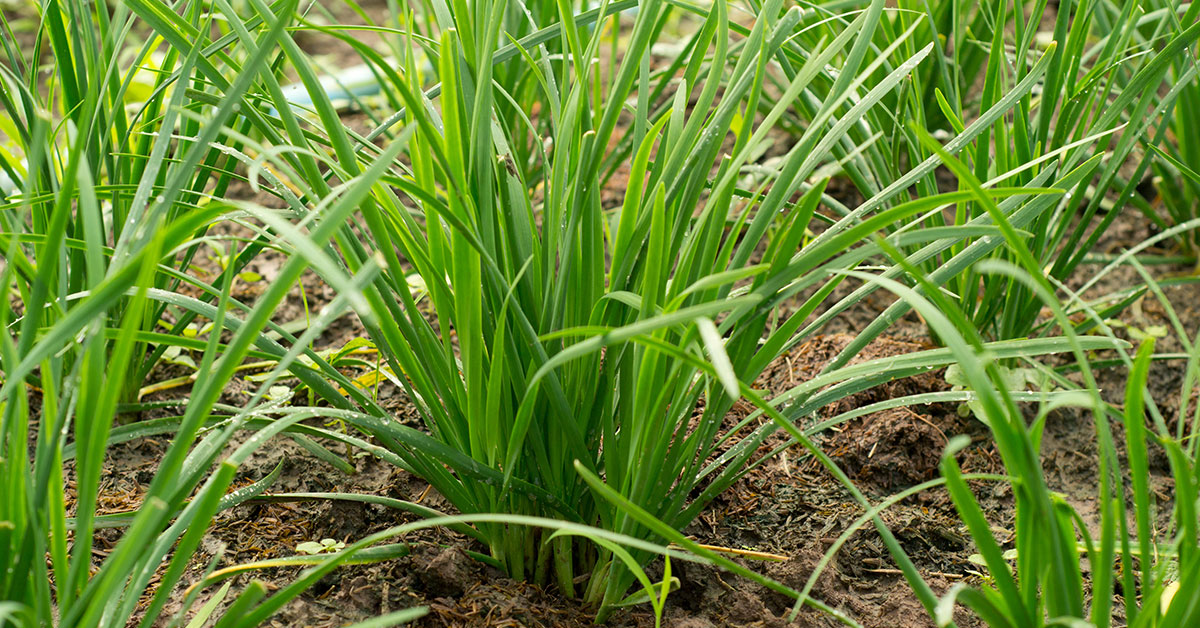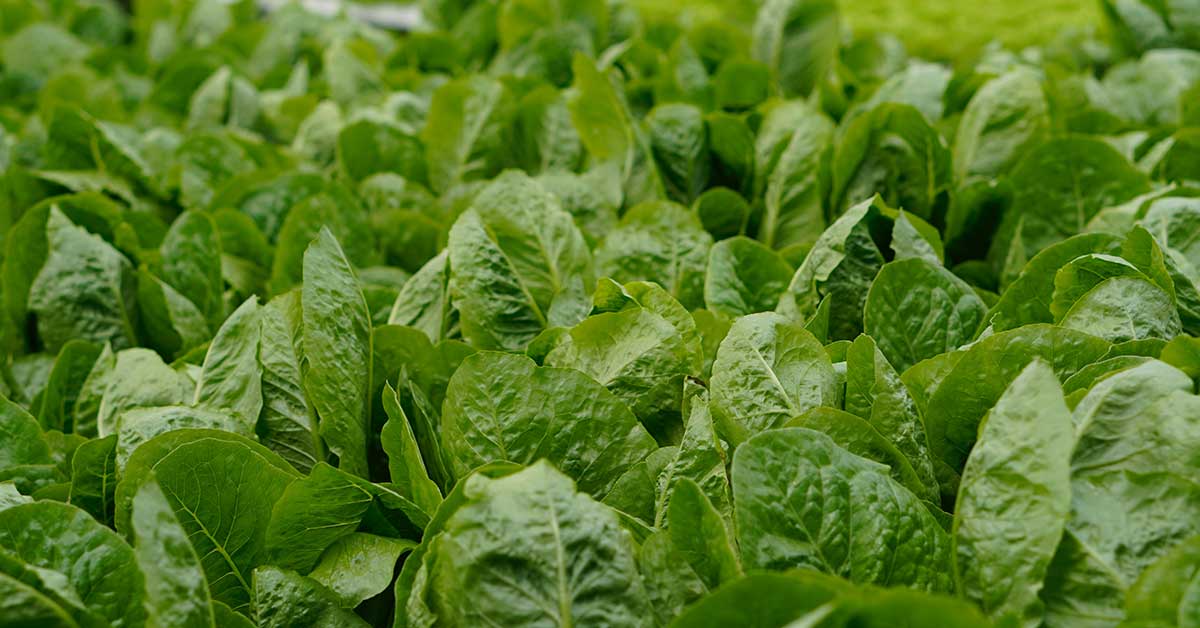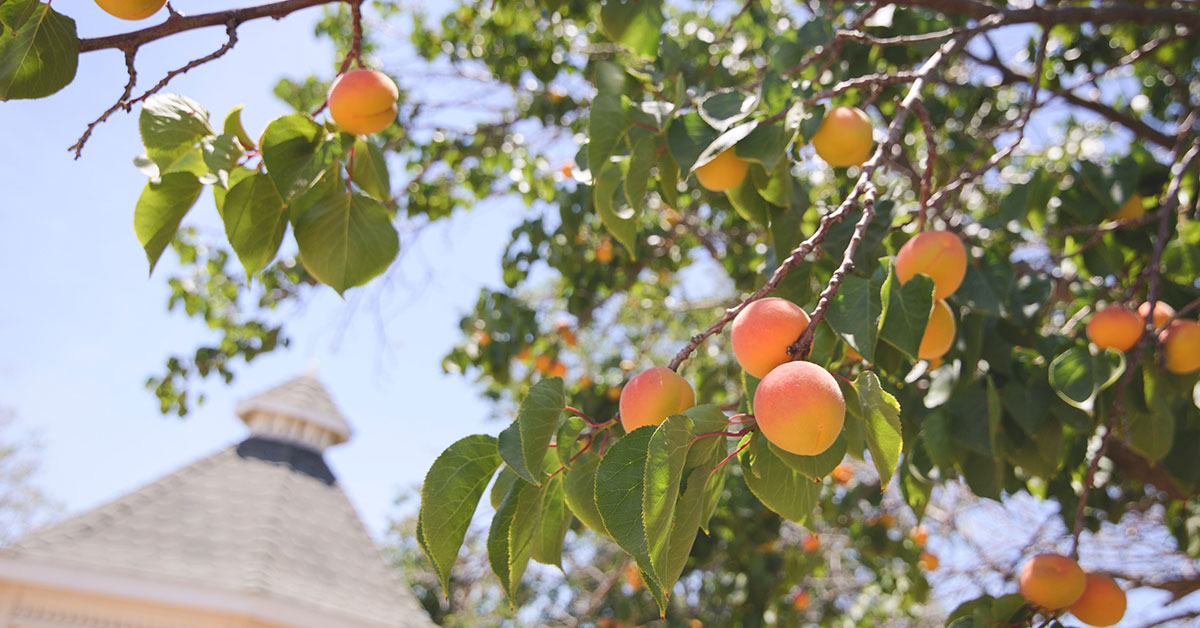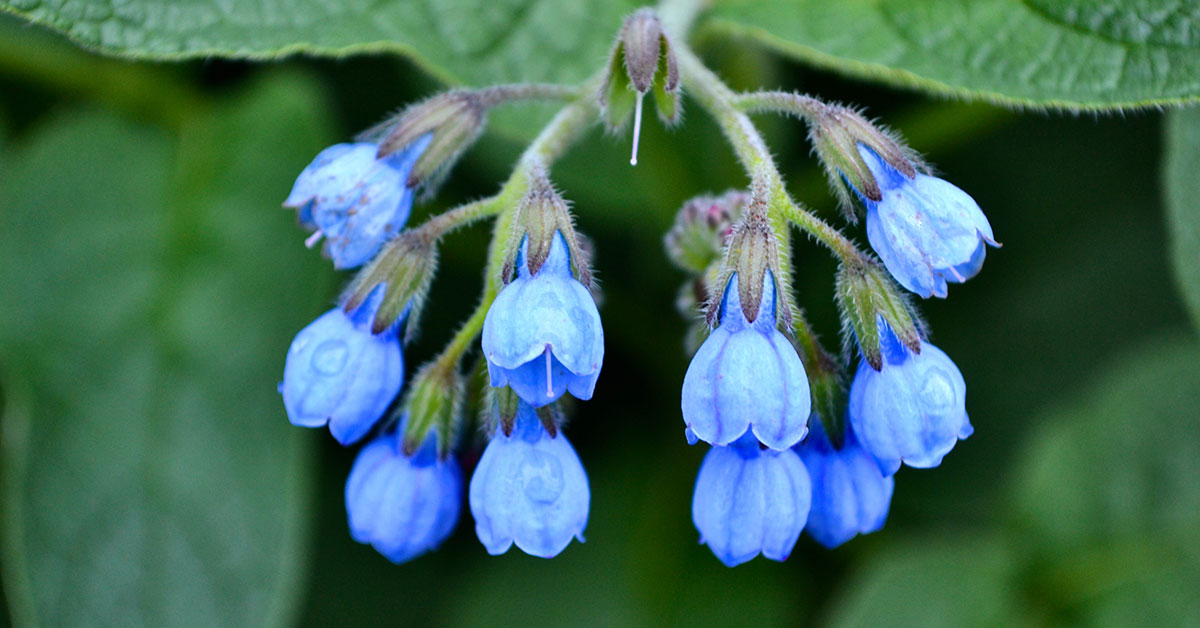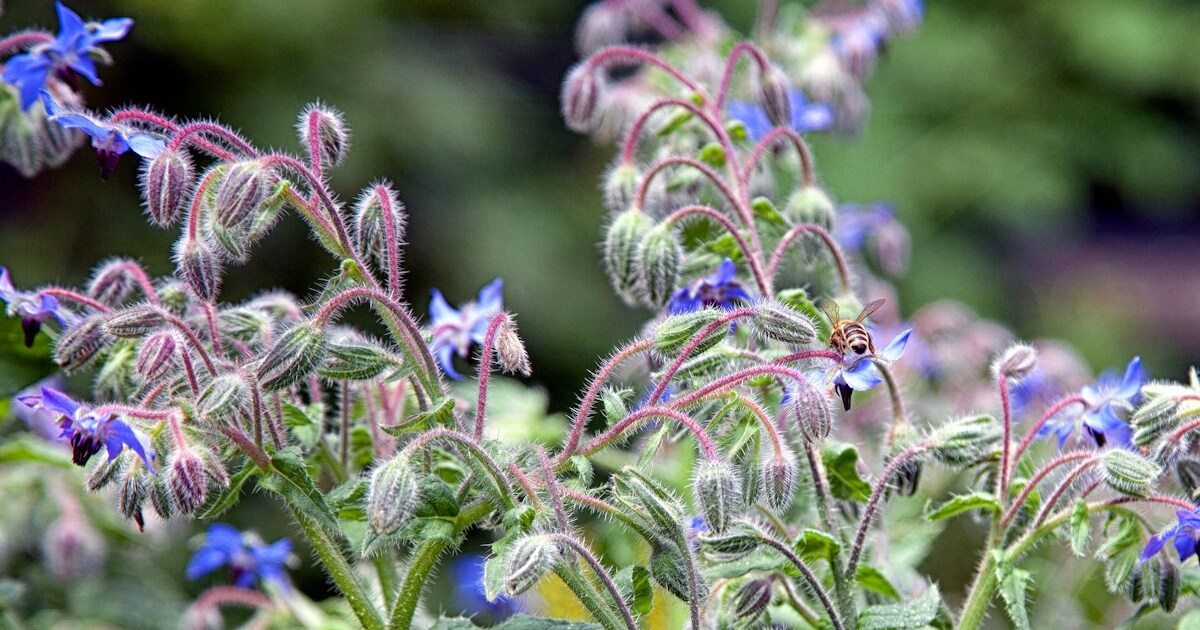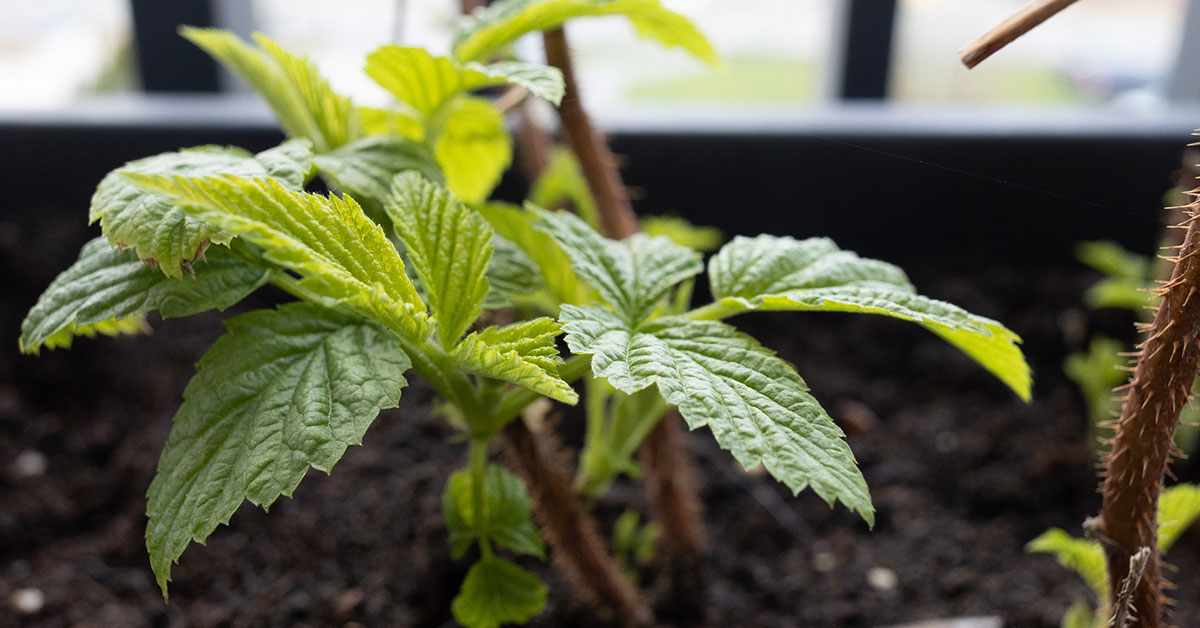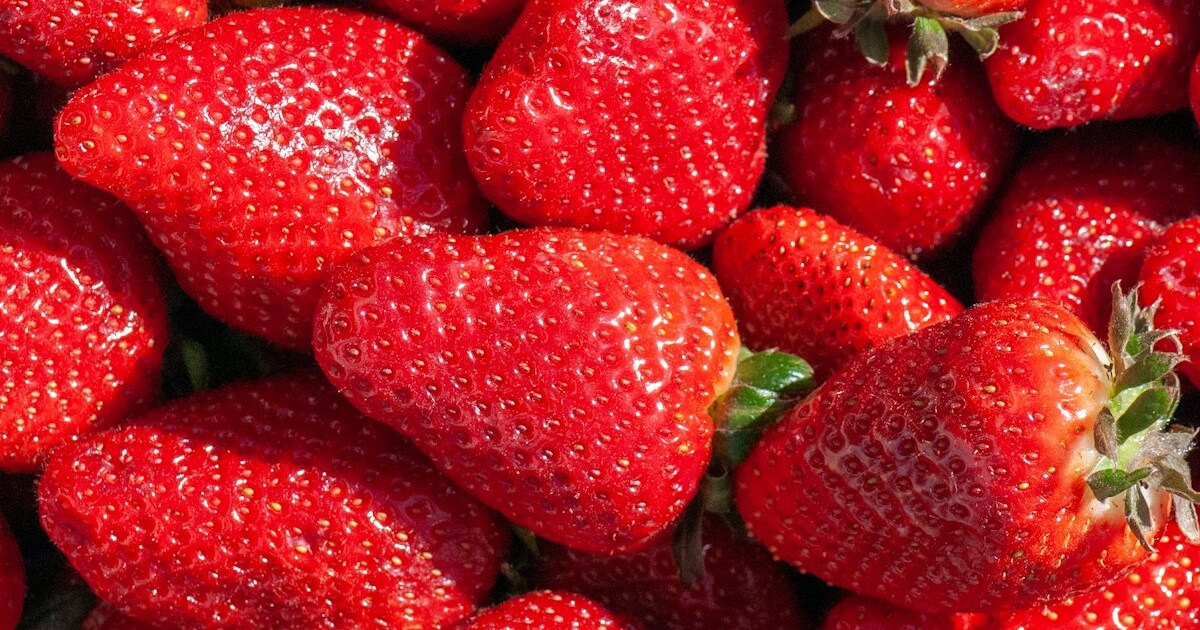Welcome to our comprehensive guide on how to deadhead celosia, a stunning flowering plant that adds vibrant color and texture to any garden or landscape. Deadheading is a crucial practice for maintaining the health and appearance of celosia, as it encourages continuous blooming and prevents the plant from wasting energy on seed production.
In this article, we will delve into the importance of deadheading, discuss the benefits it brings to celosia plants, and provide step-by-step instructions on how to properly deadhead these beautiful flowers. Whether you are a seasoned gardener or a beginner looking to enhance your gardening skills, this article will equip you with the knowledge and techniques needed to keep your celosia thriving and blooming all season long.
Should you deadhead celosia?
Celosia, also known as cockscomb, is a beautiful flowering plant that is commonly grown for its vibrant and unique flower heads. Deadheading is the process of removing spent flowers from a plant, and it is done to encourage further blooming and maintain the overall appearance of the plant. In the case of celosia, deadheading can be beneficial, but it is not always necessary.
Deadheading celosia can help prolong the blooming period and promote the growth of new flowers. By removing the faded or wilted flowers, you prevent the plant from diverting energy into producing seeds. Instead, the plant will redirect its resources towards producing more blooms. This can result in a longer-lasting and more abundant display of flowers.
Ultimately, the decision to deadhead celosia depends on your personal preference and the desired outcome for your garden.
When to deadhead celosia
Deadheading celosia is an important practice to maintain the health and appearance of the plant. Deadheading refers to the removal of spent flowers or seed heads. By doing so, you encourage the plant to produce more blooms and prevent it from putting energy into seed production.
The best timing to deadhead celosia is when the flowers start to fade or wilt. It’s important to remove the flowers before they have a chance to develop seeds. This is typically done throughout the growing season, from late spring to early fall, depending on your climate.
Here are some guidelines to follow when deadheading celosia:
- Regularly inspect your celosia plants: Check your plants every few days to look for faded or wilted flowers. It’s best to catch them early before they start forming seeds.
- Use clean and sharp tools: Use clean and sharp pruning shears, scissors, or your fingers to remove the spent flowers. Make sure your tools are sanitized to prevent the spread of diseases.
- Cut just above a leaf node: When deadheading, make the cut just above a leaf node or lateral bud. This encourages new growth and branching.
- Remove the entire flower stalk: If the entire flower stalk is wilted or faded, it’s best to remove it entirely. This helps maintain the plant’s overall appearance and prevents it from wasting energy on unproductive parts.
- Dispose of the removed flowers: Collect the removed flowers and dispose of them properly. This prevents any potential diseases or pests from spreading.
- Continue deadheading throughout the season: Deadheading should be done consistently throughout the growing season to encourage continuous blooming. As long as the plant is producing flowers, you should remove the spent ones.
Remember, deadheading is not necessary for all celosia varieties. Some varieties, like the plume-type celosia, have unique seed heads that can be left on the plant for ornamental purposes. Always check the specific variety you are growing to determine if deadheading is required.
By following these deadheading practices, you can help your celosia plants stay healthy, promote more blooms, and enjoy a longer flowering period.
How to deadhead celosia
Deadheading celosia is an essential task to maintain the health and appearance of the plant. Here is a step-by-step guide on how to deadhead celosia:
- Identify the spent flowers: Look for flowers that have faded, wilted, or turned brown. These are the ones that need to be deadheaded.
- Prepare your tools: Get a pair of clean, sharp pruning shears or scissors. It is important to use clean tools to prevent the spread of diseases.
- Locate the stem: Follow the stem of the spent flower down to where it meets the main stem or the leaf node. This is where you will make your cut.
- Position your tools: Hold the stem gently with one hand and position your pruning shears or scissors just above the leaf node or main stem.
- Make the cut: With a clean and swift motion, cut the stem just above the leaf node or main stem. Ensure that you make a clean cut to avoid damaging the plant.
- Dispose of the spent flowers: Collect the cut flowers in a container or bag for disposal. Do not leave them on the ground as they may attract pests or diseases.
- Repeat the process: Continue inspecting the plant for more spent flowers and repeat the deadheading process. This will encourage new growth and prolong the blooming period of the celosia.
- Water and fertilize: After deadheading, water the celosia plant thoroughly to provide it with the necessary moisture. Additionally, you can apply a balanced fertilizer to promote healthy growth and blooming.
- Monitor for new growth: Keep an eye on the plant for new flower buds. Once they start to form, you can enjoy the vibrant blooms of the celosia.
- Regular deadheading: Deadheading should be done regularly throughout the growing season. Check the plant every few days or weekly, depending on the rate of flower production.
By following these steps, you can maintain the appearance and health of your celosia plant, ensuring a continuous display of beautiful blooms.
Aftercare
After deadheading celosia, it is important to follow these care guidelines:
- Remove the spent flowers: Deadheading involves removing the faded or spent flowers from the celosia plant. Use clean, sharp pruning shears or scissors to cut the stem just above the nearest healthy leaf or bud.
- Dispose of the dead flowers: Collect the dead flowers and dispose of them properly. Do not leave them around the plant, as they can attract pests or diseases.
- Watering: Water the celosia plant thoroughly after deadheading. Ensure that the soil is evenly moist but not waterlogged. Celosia prefers slightly moist soil, so monitor the moisture levels and adjust your watering accordingly.
- Fertilization: Apply a balanced, water-soluble fertilizer to the soil around the celosia plant. Follow the instructions on the fertilizer packaging for the correct dosage and frequency. Fertilizing every 2-4 weeks during the growing season will help promote healthy growth and blooming.
- Mulching: Apply a layer of organic mulch around the base of the celosia plant. Mulching helps retain moisture, suppresses weed growth, and regulates soil temperature. Use materials like wood chips, straw, or compost, and ensure that the mulch is not piled against the stem of the plant.
- Sunlight: Celosia plants thrive in full sun, so ensure they receive at least 6-8 hours of direct sunlight each day. Adequate sunlight promotes healthy growth and vibrant flower production.
- Pruning: Regularly inspect the celosia plant for any damaged, diseased, or overcrowded stems or leaves. Prune these parts to maintain the plant’s overall health and appearance. Additionally, pinch back the tips of the stems to encourage bushier growth and more flowers.
- Pest and disease control: Monitor the celosia plant for any signs of pests or diseases, such as aphids, spider mites, or powdery mildew. If detected, treat the plant with appropriate organic or chemical controls to prevent further damage.
- Support: Depending on the variety, some celosia plants may require support as they grow taller. Use stakes or plant supports to prevent the stems from bending or breaking under their weight.
- Regular maintenance: Continue to provide regular care, including watering, fertilizing, and monitoring for pests and diseases. Deadhead the celosia plant regularly to promote continuous blooming and remove any spent flowers.
By following these care guidelines, your celosia plant will remain healthy, produce more flowers, and enhance the overall beauty of your garden.


